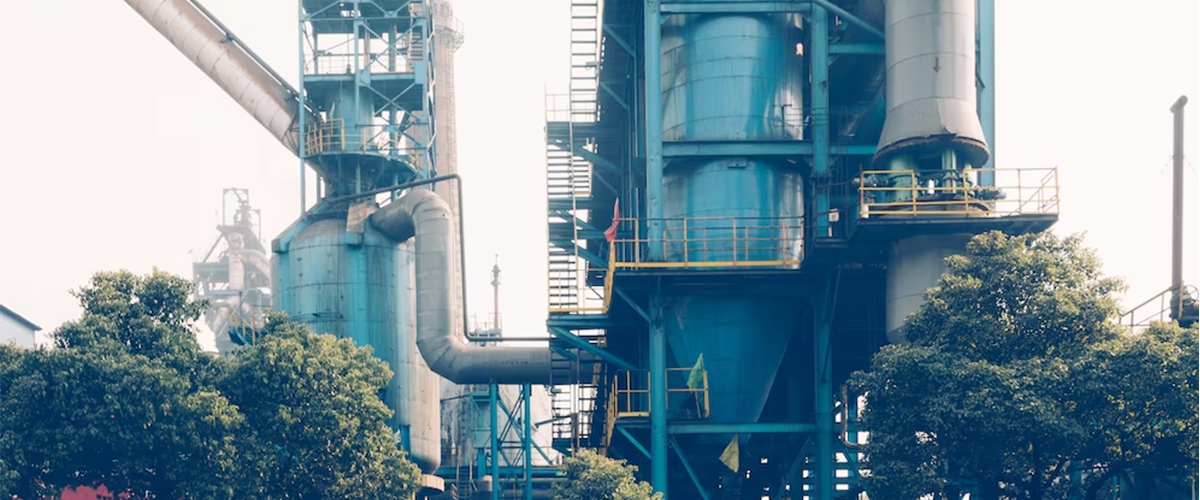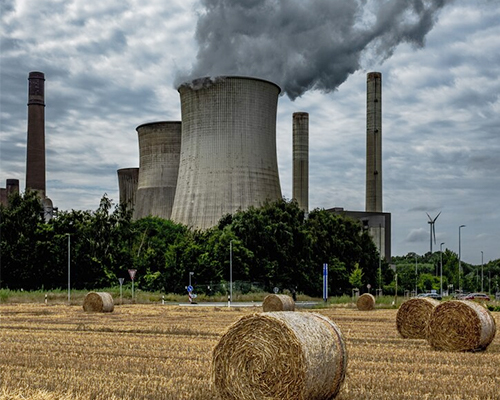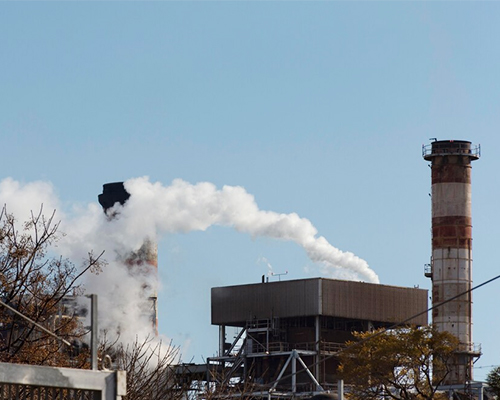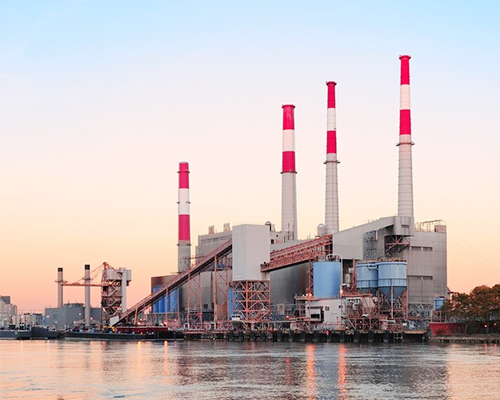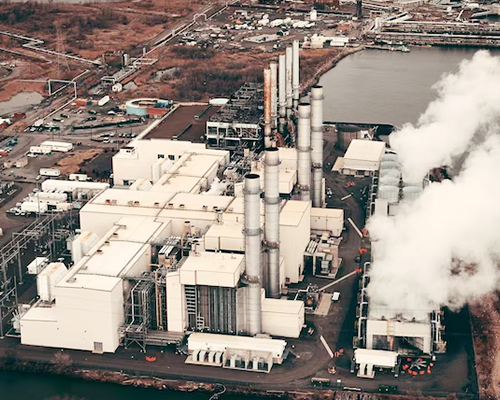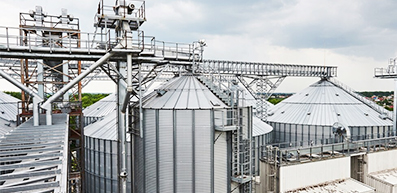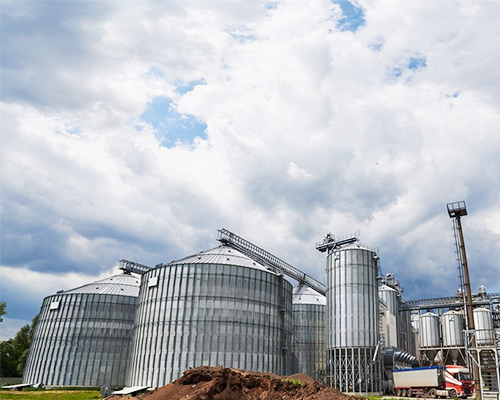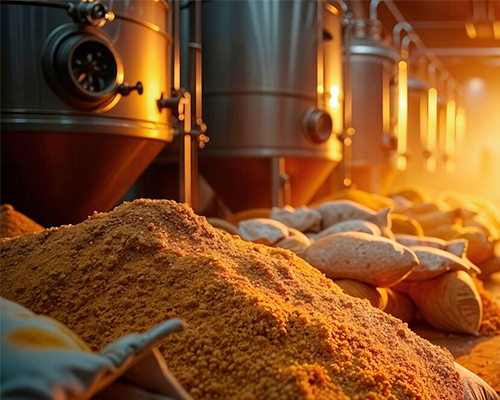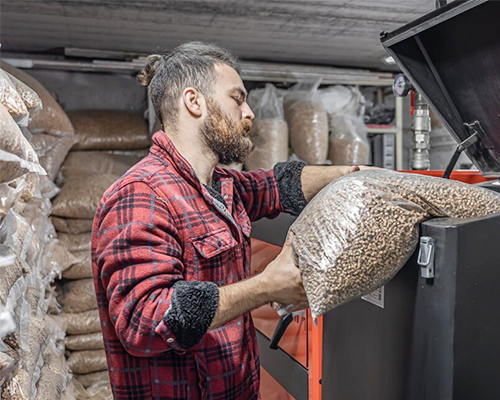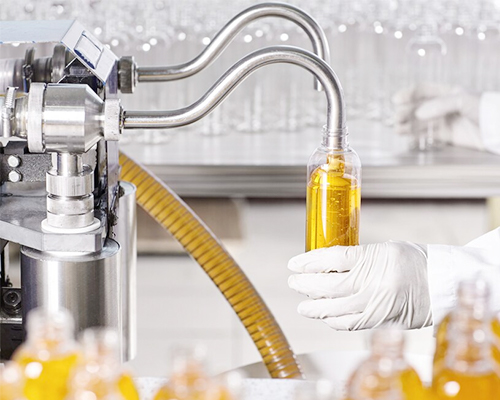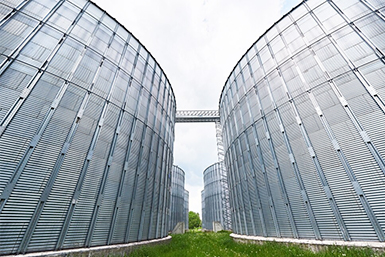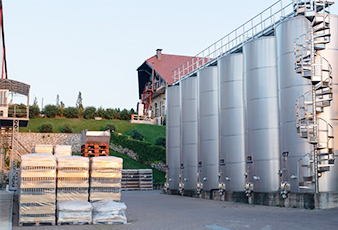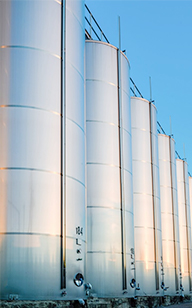Biomass Energy Overview
Biomass energy is
derived from organic materials such as wood, agricultural residues, animal waste, and even some
types of waste materials. The principle behind biomass energy is to convert biological material
into useful energy, primarily in the form of heat, electricity, or biofuels. Biomass is
considered a renewable source of energy because the materials used can be replenished naturally.
- Process :
-
Feedstock Collection : Biomass
feedstock is gathered from various organic materials, such as agricultural
residues (corn stalks, rice husks), wood chips, sawdust, and even organic
waste from cities and industries.
-
Processing :
Biomass feedstocks are processed into forms suitable for conversion, like
pellets, chips, or liquid biofuels (e.g., bioethanol, biodiesel).
-
Energy Conversion : The processed
biomass is converted into energy through combustion, anaerobic digestion,
gasification, or fermentation.
-
Energy Utilization : The energy
generated can be used to produce electricity, heat, or transportation fuels.
-
Smart Manufacturing & Automation :
Integrating Industry 4.0, AI-driven process control, and IoT-based
monitoring.
- Mechanism :
-
Combustion : Biomass is burned to
release heat, which is used to generate steam that drives turbines for
electricity generation or directly provides heat.
-
Gasification :
Biomass is converted into a combustible gas (syngas) that can be used to
produce electricity or heat.
-
Anaerobic Digestion :Organic materials
decompose in the absence of oxygen to produce biogas (primarily methane),
which can be used for electricity generation or heating.
-
Fermentation :Biomass (especially
sugars and starches) is fermented to produce biofuels like ethanol or
biodiesel.
A. Biomass Power Plants (Electricity Generation)
Biomass power plants use organic materials as fuel to produce heat, which is then
converted into electricity. These plants operate similarly to traditional coal-fired
power plants but use biomass as the fuel source instead of fossil fuels.
Process :
-
Feedstock Preparation : Biomass is
pre-processed (e.g., dried, chopped, or pelletized) to make it suitable for
combustion or gasification.
-
Combustion : The biomass is burned in a
boiler to generate heat, which is used to produce steam.
-
Steam Turbine : The steam drives a turbine
connected to a generator, converting mechanical energy into electrical energy.
-
Energy Distribution : The generated
electricity is sent through a grid for distribution to homes, businesses, and
industries.
Engineering Approach :
-
Boiler Design : Biomass power plants often
use specially designed boilers capable of handling the varied combustion
characteristics of different biomass types.
.
-
Turbine & Generator : Efficient steam
turbines and generators are used to maximize the conversion of thermal energy
into electrical energy.
-
Flue Gas Cleaning Systems : Advanced
filtration and scrubber technologies are employed to remove particulate matter
and harmful gases from the exhaust, ensuring compliance with environmental
regulations.
-
District Heating & Cooling Pipelines –
Insulated
underground piping for energy-efficient HVAC systems.
B. Biomass Gasification (Thermal Conversion)
Gasification is a process that converts biomass into a synthetic gas (syngas) through
a high-temperature, low-oxygen environment. The syngas can then be used for
electricity generation, heating, or as a chemical feedstock for producing biofuels.
Process :
-
Gasifier : Biomass is fed into a gasifier,
where it is heated to high temperatures in a low-oxygen environment, causing it
to break down into syngas.
-
Gas Cleaning : The produced syngas is cleaned
to remove impurities such as tar and particulates.
-
Power Generation : The clean syngas is used
to fuel a gas engine or turbine for electricity generation or as a fuel for
industrial processes.
Engineering Approach :
-
Gasifier Design : Different types of
gasifiers (e.g., fixed bed, fluidized bed, entrained flow) are used, depending
on the type of biomass and desired output.
.
-
Syngas Cleaning Systems : Technologies like
scrubbing and filtration are used to remove contaminants from the syngas,
ensuring efficient and clean energy conversion.
-
Heat Recovery Systems : Heat from the
gasification process can be recovered and used for additional power generation
or process heating, improving system efficiency.
C. Biomass Anaerobic Digestion (Biogas Production)
Anaerobic digestion is a biological process where organic materials (e.g.,
agricultural waste, food scraps, or sewage sludge) are broken down by microorganisms
in the absence of oxygen to produce biogas, primarily composed of methane.
Process :
-
Feedstock Collection: Organic waste is
collected and placed in an anaerobic digester.
-
Digestion : Microorganisms break down the
organic material, producing biogas (methane, carbon dioxide) and digestate
(organic residue).
-
Biogas Utilization : The produced biogas can
be used directly for heating, electricity generation, or upgraded to biomethane
for use as a vehicle fuel.
-
Digestate : The remaining solid material
(digestate) can be used as a nutrient-rich fertilizer.
Engineering Approach :
-
Digester Design : Biogas production is
optimized through the design of digesters, including factors like temperature,
retention time, and mixing to enhance microbial activity.
.
-
Biogas Collection Systems : Gas collection
systems ensure the efficient capture of biogas, preventing leaks and maximizing
energy output.
-
Biogas Upgrading : Technologies like membrane
separation or pressure swing adsorption can upgrade raw biogas into purified
biomethane suitable for injection into natural gas grids or use as vehicle fuel.
D. Biomass Palletization (Feedstock Preparation)
Palletization is the process of compressing biomass into small, dense pellets for
easier storage, transport, and combustion. These pellets are commonly used in
biomass power plants, industrial heating, and residential heating systems.
Process :
-
Feedstock Selection : Biomass materials like
wood, agricultural residues, or dedicated energy crops are chosen for pellet
production.
-
Grinding : The selected biomass is ground
into fine particles.
-
Pelletizing : The ground biomass is
compressed under high pressure to form uniform pellets.
-
Cooling & Packaging : The pellets are cooled
and packaged for distribution to consumers or energy producers.
Engineering Approach :
-
Pellet Mill Design : High-efficiency pellet
mills are used to compress biomass into pellets while maintaining high energy
density and minimizing ash content.
.
-
Drying Systems : To ensure the biomass is at
the correct moisture content for palletization, drying systems are employed
before the biomass enters the pellet mill.
-
Quality Control : Continuous quality control
systems ensure uniform pellet size and moisture content, which are crucial for
combustion efficiency.
E. Biofuel Production (Fermentation and Chemical Conversion)
Biofuels are liquid fuels made from biomass, such as bioethanol, biodiesel, or
biobutanol, which can be used in transportation or as an alternative to
petroleum-based fuels.
Process :
-
Fermentation (Bioethanol Production) : Sugars
from biomass (e.g., corn, sugarcane) are fermented by yeast to produce ethanol.
-
Transesterification (Biodiesel Production) :
Vegetable oils or animal fats are chemically processed with methanol to produce
biodiesel and glycerin.
-
Purification : The biofuels are purified to
meet fuel quality standards before being used in engines or other applications.
Engineering Approach :
-
Fermentation Tanks : Large-scale fermentation
tanks optimize the conversion of sugars into ethanol.
.
-
Transesterification Reactors : Specialized
reactors are used for the efficient conversion of oils to biodiesel through
transesterification.
-
Distillation & Purification : Distillation
units are used to purify bioethanol and biodiesel to meet the required fuel
quality standards.
WHO WE ARE
Astracore Dynamics Pvt. Ltd. is a company based out In India, with dedicated employees and as
of now two offices spread across Pan India.
-
Biomass Power Generation: We design
and implement biomass power plants for efficient electricity
generation, tailored to your fuel sources and energy needs.
-
Biogas Production & Management: We
provide anaerobic digestion systems to generate biogas from organic
waste, turning waste into valuable energy and fertilizers.
-
Biofuel Production: Our biofuel
technology converts agricultural and waste feedstocks into
high-quality biofuels for transportation and industrial use.
-
Feedstock Management: From
palletization to gasification, we provide optimized feedstock
handling systems that improve efficiency and reduce costs.
WHY CHOOSE US?
-
Expert Engineering : Our team
provides end-to-end biomass solutions, from feedstock collection to
energy conversion and final output.
-
Sustainability : We are committed to
helping you reduce your carbon footprint by integrating renewable
biomass technologies into your operations.
-
Efficiency & Innovation : Our systems
are designed to maximize energy output while minimizing waste,
ensuring cost-effectiveness and high performance.
-
Compliance & Quality: We adhere to
the highest environmental and operational standards, ensuring your
biomass projects meet regulatory requirements.
